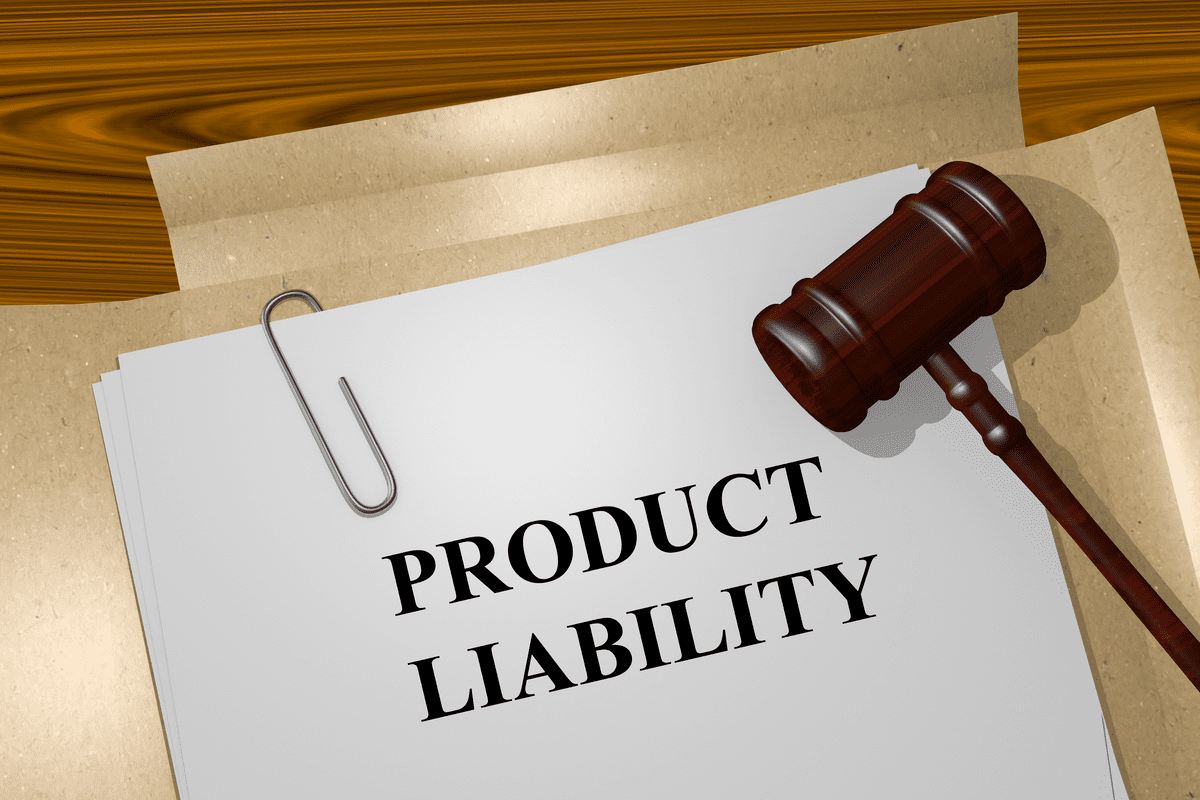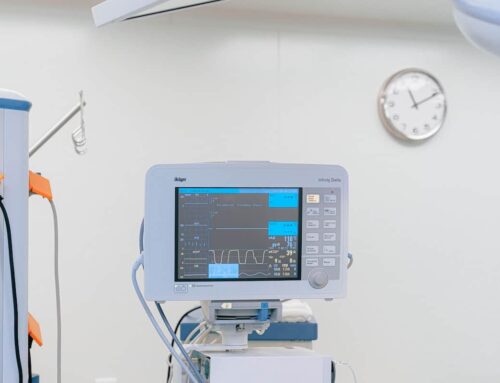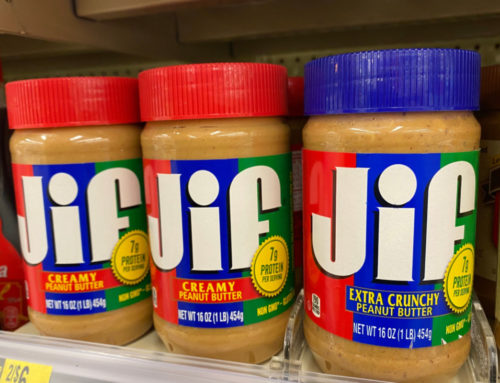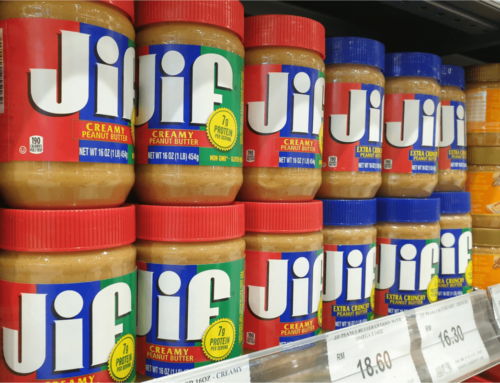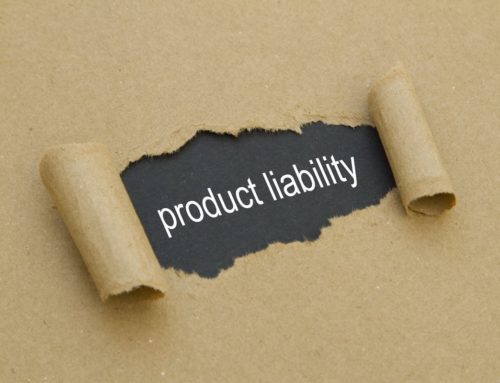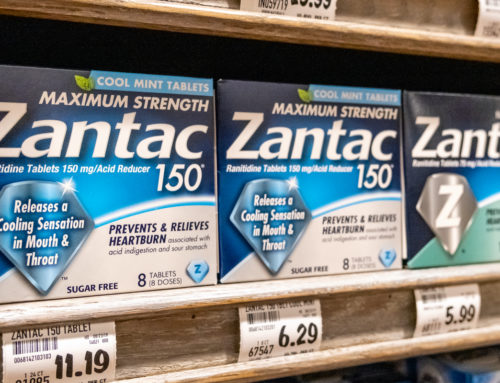The Consumer Product Safety Commission (CPSC) rose out of the Consumer Product Safety Act in 1972. The CPSC’s core obligation was the public’s protection from risks associated with consumer products. This risk reduction and increased safety is done in many ways, including:
- Evaluating consumer products for potential hazards
- Developing and promoting uniformed safety standards with businesses, manufacturers, and organizations
- Working with local and state governments, private consumer groups, and the media
- Educating governments and manufacturers concerning regulations in products’ development and shipment
- Reducing conflicts for state and local product safety regulations
- Conducting research on defects or dangerous products
- Recalling hazardous products from the marketplace
- Arranging for replacement, repairs, or refunds concerning recalled products
In certain situations, the CPSC issues and enforces safety standards or can ban products if no other protection is viable. Overall, more than 15,000 product types fall under the authority of the independent federal regulatory agency.
The CPSC’s authority is limited concerning certain consumer products. Automobile safety standards are controlled by the U.S. Department of Transportation. Drugs and cosmetics are overseen by the U.S. Food and Drug Administration. Alcohol, tobacco, and firearm standards are set by the U.S. Department of the Treasury.
After a product’s defect is discovered, recalls are issued to distributors, sellers, and known customers. They are sent to media outlets. These notices detail instructions about repairs or replacements, and warnings concerning potential dangers posed by defects.
Recalls Through the Years
Since its inception, the CPSC and other regulatory agencies have sparked a litany of new safety practices and guidelines. But no matter the lengths of precaution, faulty or unsafe products still leak out to the public, causing injuries and deaths.
This timeline of just a few of the major recalls since 2000:
2000: Firestone’s Faulty Tread – Before this, Firestone was the official tire of Ford. Then, the National Highway Traffic Safety Administration (NHTSA) linked faulty tread on some of their tires to multiple car accidents, resulting in 175 deaths and more than 700 injuries.
Peeling tire tread caused vehicles to roll over. Firestone recalled more than six million tires. A federal investigation followed where Firestone claimed Ford’s vehicle design was also at fault for the rollovers. The two companies cut ties after a century of partnership.
2004: Vioxx by Merck Group – The pharmaceutical company Merck received approval from the FDA to manufacture this treatment for arthritis in 1999. About 2% of the patients taking Vioxx developed heart problems or died. Despite more troubling findings, Merck continued offering the drug.
Eventually, the drug was recalled but not before the company averaged $2.5 billion in annual sales and paid out $4.85 billion in personal injury settlements.
2007: Hasbro’s Easy-Bake Oven – A million ovens were recalled after almost 30 reports of children’s hands and fingers getting stuck in the ovens. In five cases, the children were burned. Hasbro advised parents to take away the ovens from children under the age of eight. Since the recall, the ovens have injured and burned more than 200 children.
2009: Toyota Motor’s Faulty Floor Mats and Gas Pedals – Some of the most popular models of Toyotas began to accelerate by themselves, causing loss of driver control, resulting in multiple crashes and deaths. More than five million cars were recalled for ill-fitting floor maps, Toyota still blamed drivers for mistaking the gas for the brake. Three months later, Toyota recalled another four million cars because of faulty gas pedals.
Executives at Toyota continued to conceal and lie about the problem. In 2014, the U. S. Justice Department issued them a $1.2 billion fine.
2010: Infantino’s Baby Slings – Designed to hold a baby close to the parents’ chest, the sling’s fabric could cover a baby’s nose and mouth. A million baby slings were recalled after they were linked to the suffocation deaths of three infants.
Infantino urged their customers to stop using the slings and offered free replacements.
2010-Ongoing: Ford Motor Company’s Cruise Control – The cruise control deactivation switches in multiple models corroded and began to overheat. The defect caused fires and malfunctions to the cruise control and brakes. The problem persisted when the vehicles were off, causing house fires and multiple deaths. Ford suggested their customers should not park in their garages or near their houses.
The problem continued for more than 10 years with more than 14 million Ford, Lincoln, and Mercury vehicles recalled and approximately 550 vehicle fires. Federal investigations and class action lawsuits ensued.
Major recalls stretch out before and after these. Companies, big and small, release defective products, causing injuries and death. Ford alone has since seen massive recalls involving transmissions and air bags.
Does a Recall Prove Product Liability?
When it comes to product liability claims, recalls can function as solid evidence, but it does not establish liability. To prove injuries were caused by defective products, plaintiffs need to show product liability.
This liability can occur when consumers are not warned of the risks involved with the use of the product, or it can involve:
- A product with design defectives that create hazards
- A product changed from its intended design during manufacturing, and the changes increase consumer risk
Sometimes, recalls are not admissible in court because they might prejudice a jury and inhibit proper consideration of other evidence. But manufacturers are not always relieved of blame because recalls are issued. Manufacturers will have to prove plaintiffs received notification of recalls. Also, the recall has to offer a full and detailed warning of the dangers associated with defective products.
If allowed, recalls can serve as circumstantial evidence, but additional evidence is needed. This can be witnessed testimonies and photos of product defects and the injuries they caused.
It is not sufficient for manufacturers to issue broad recalls without following up to ensure customers receive notice. Blaming a seller or distributor for not notifying a plaintiff of the recall is not a valid defense for manufacturers.
If a distributor or seller did not provide customers with the recall, that is a lawsuit for another day, between those entities and the manufacturer.
Plaintiffs in product liability cases can sue for any damages caused by the defect. This may include:
- Injury or illness
- Lost income
- Pain and suffering
If you need a personal injury attorney you can trust, contact Allan Berger & Associates.



